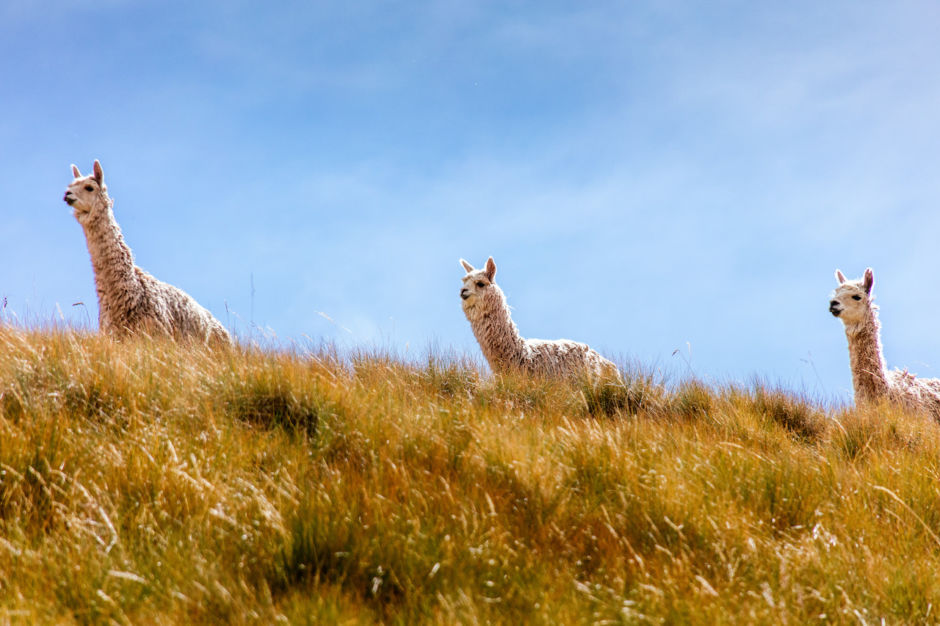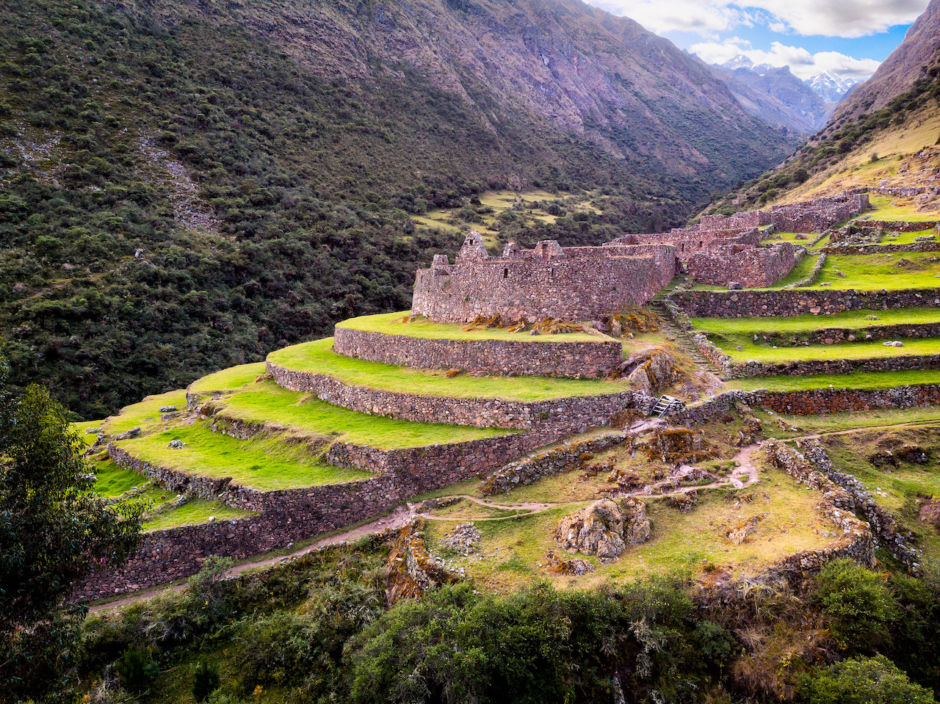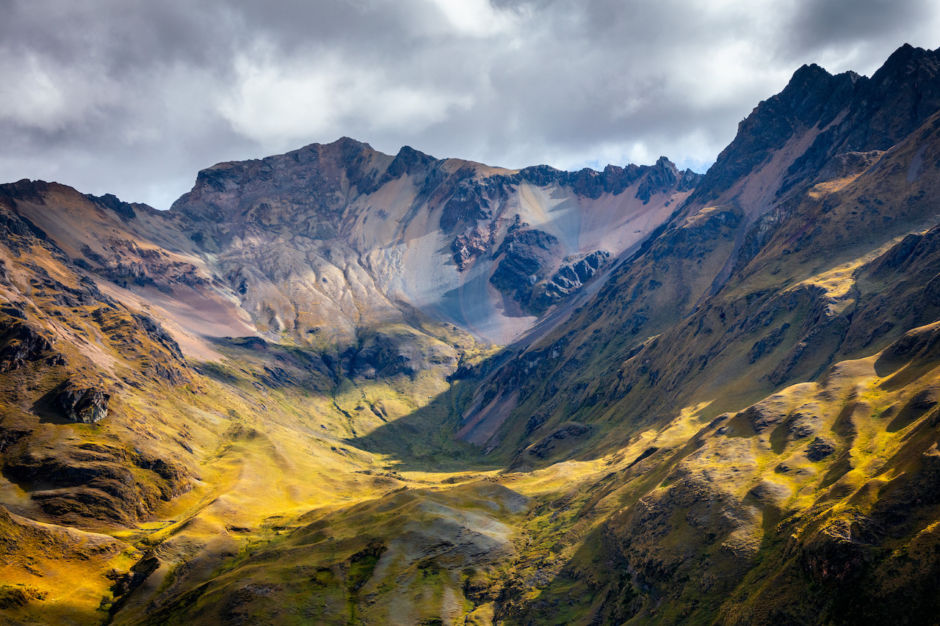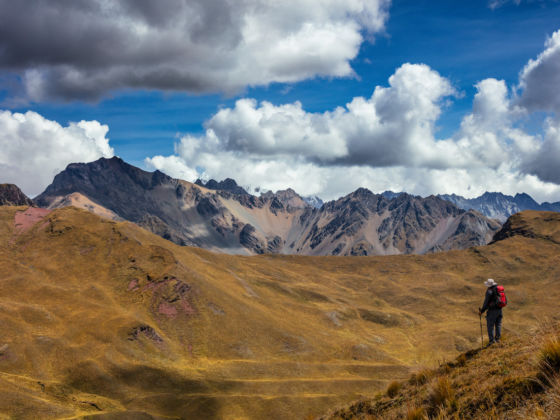A trek up the magnificent mountains of Peru is a life-changing experience. I set out to trek a lesser-known route to Machu Picchu as well as its remote surrounding regions. Due to its intense difficulty, the 35-mile expedition along the Ancascocha route is not well-known — meaning you may find yourself alone there. Trails wind alongside desolate and incomparable vantage points, offering views of one of the world’s most scenic places. Those views are very well earned.
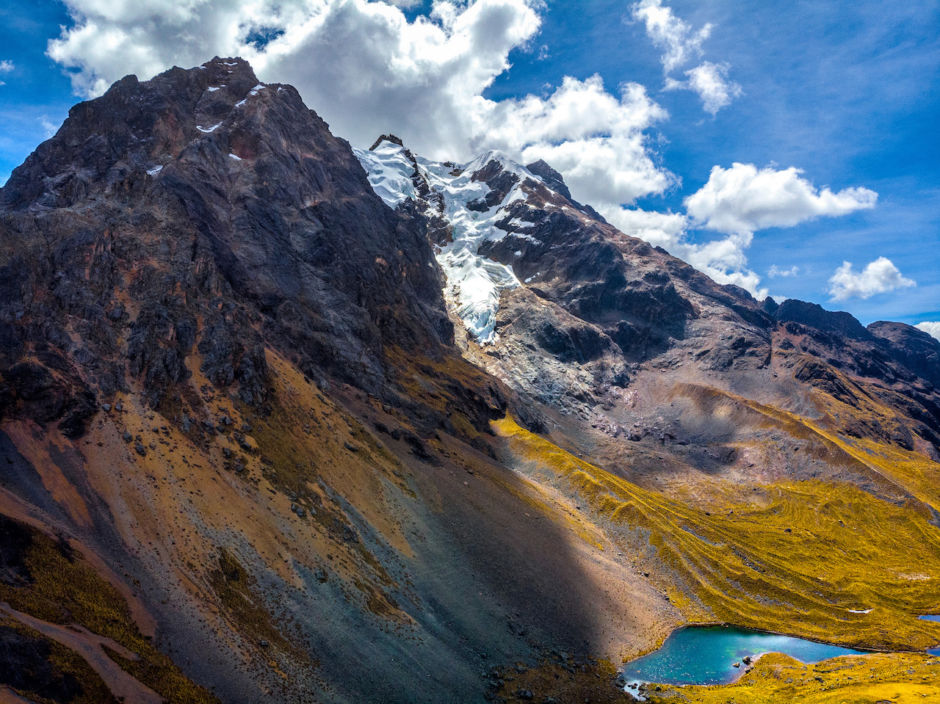
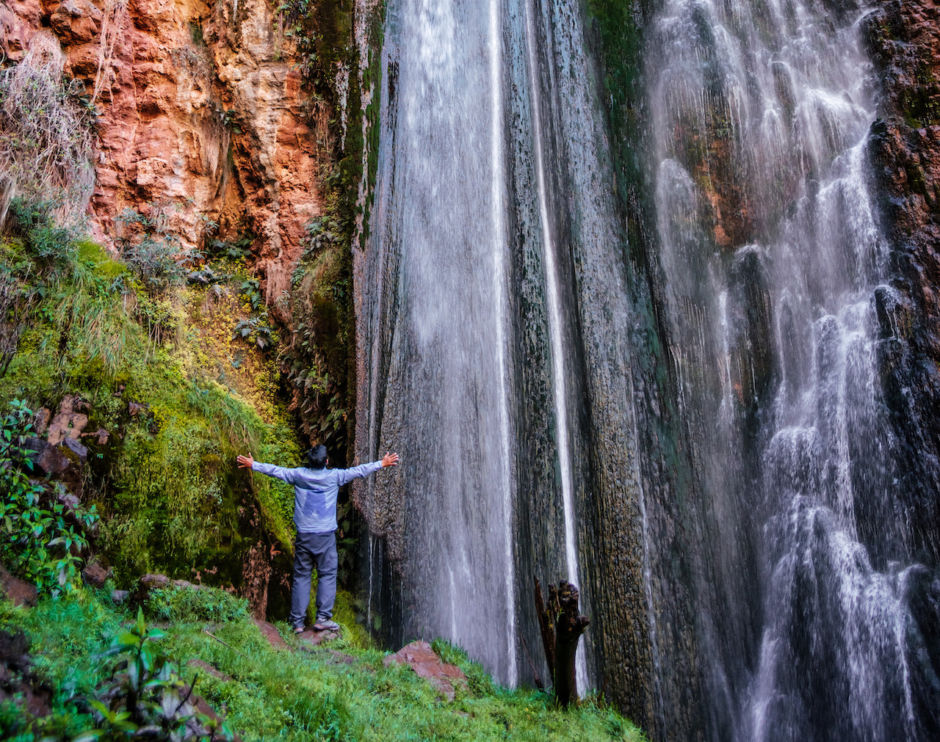
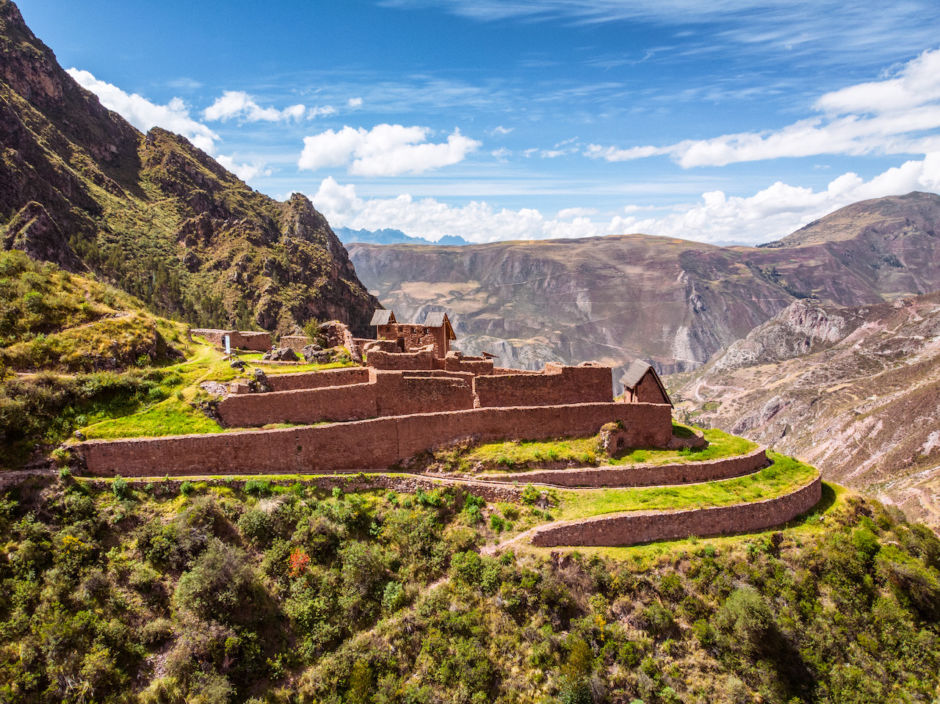
Intermission
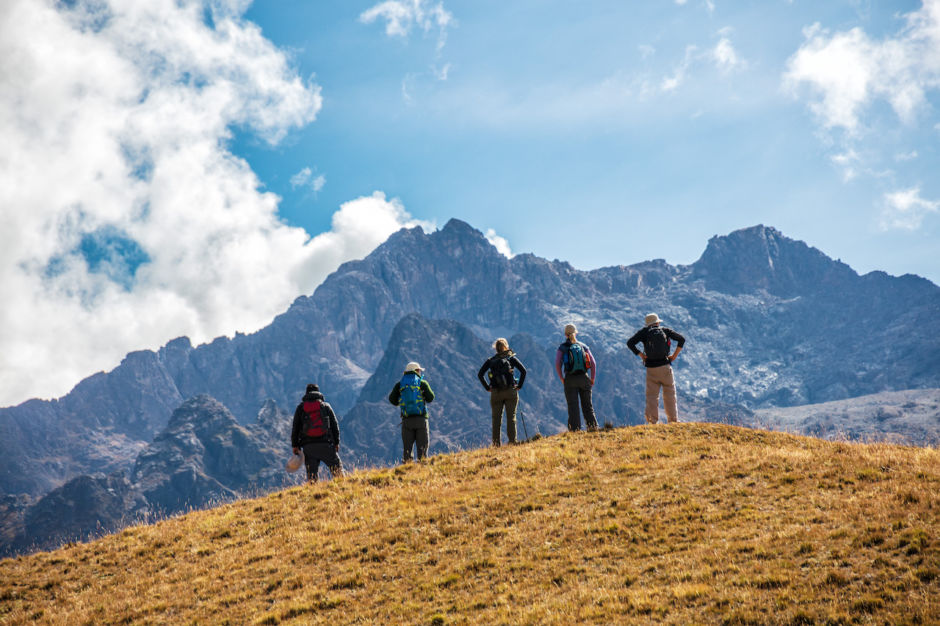
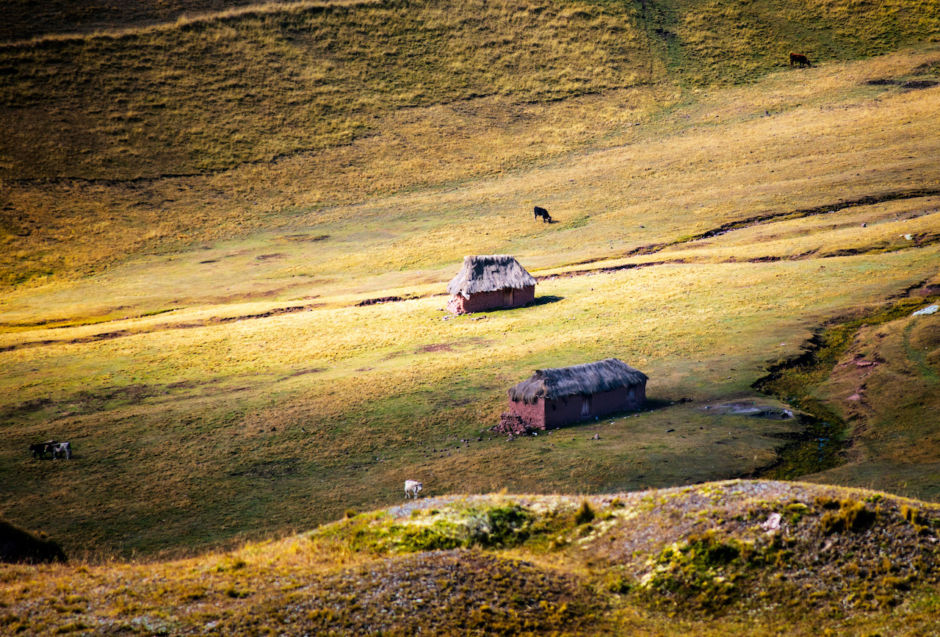
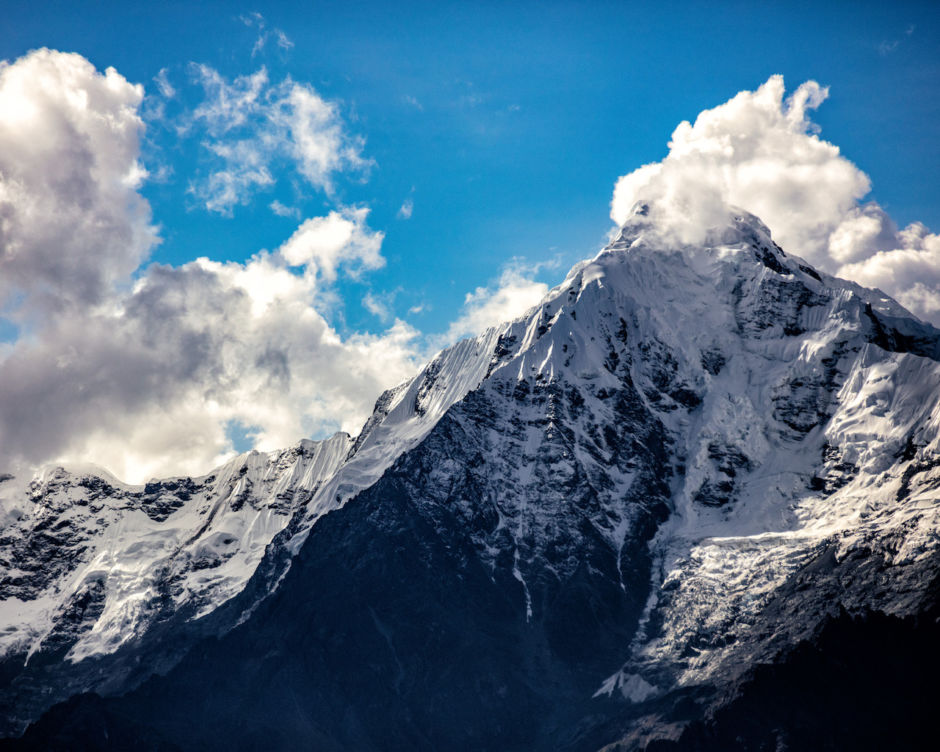
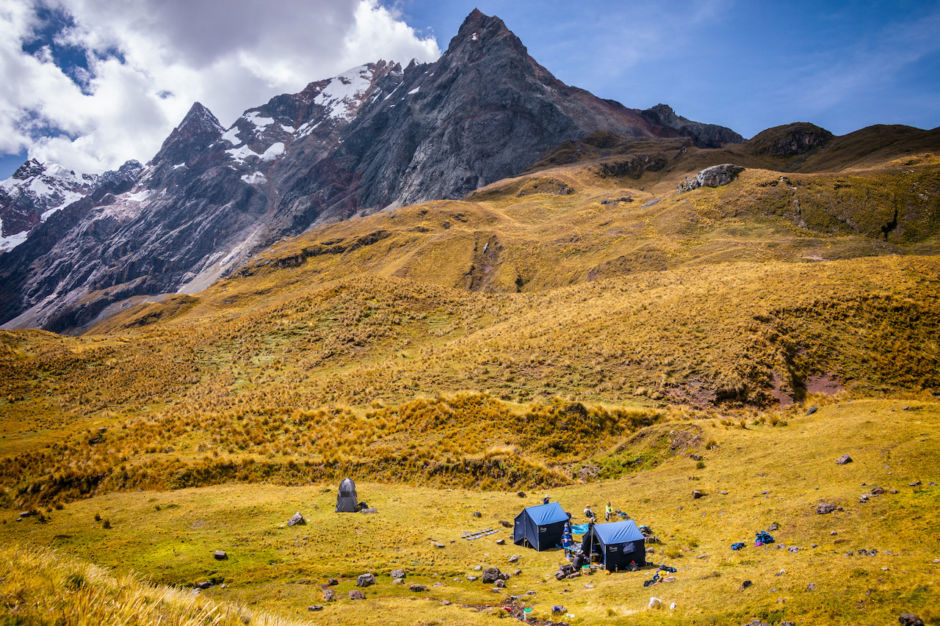
Intermission
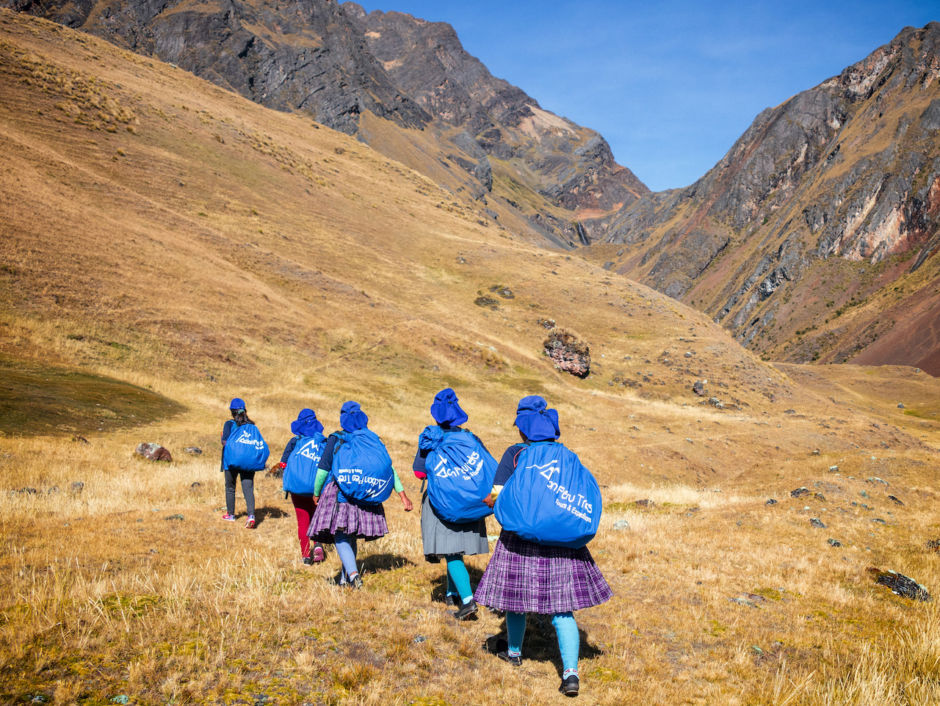
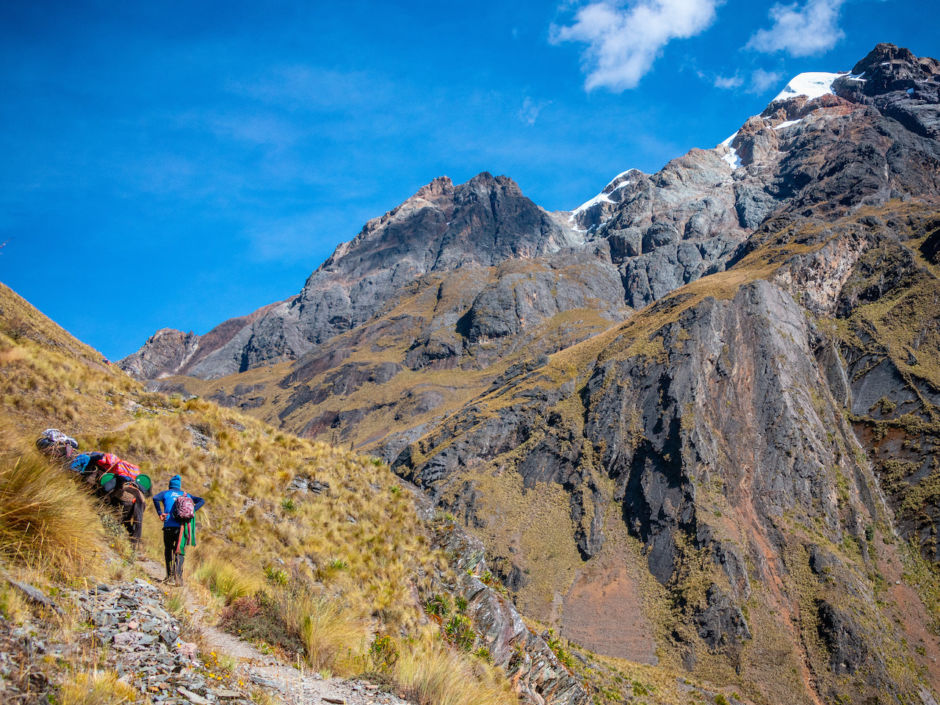
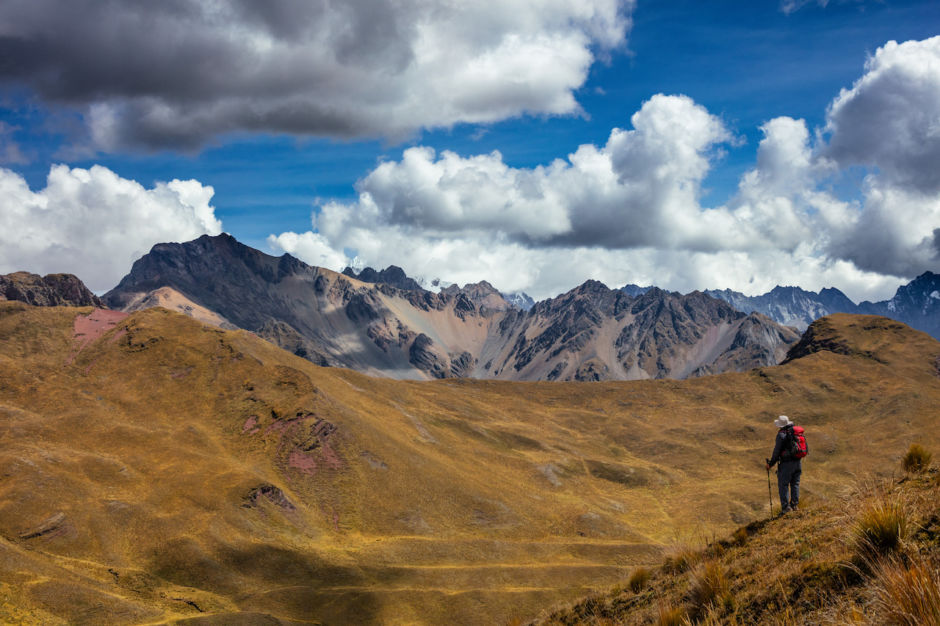

Intermission
